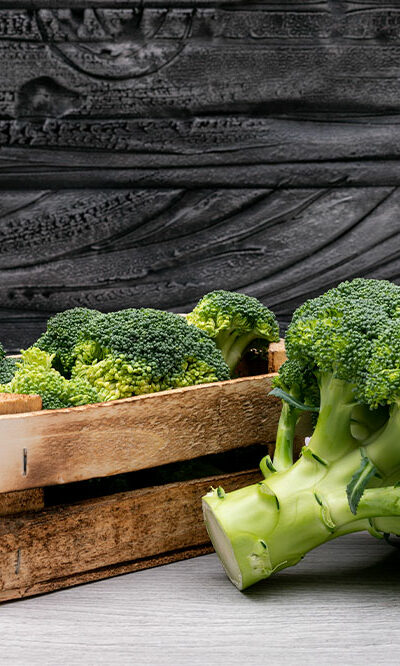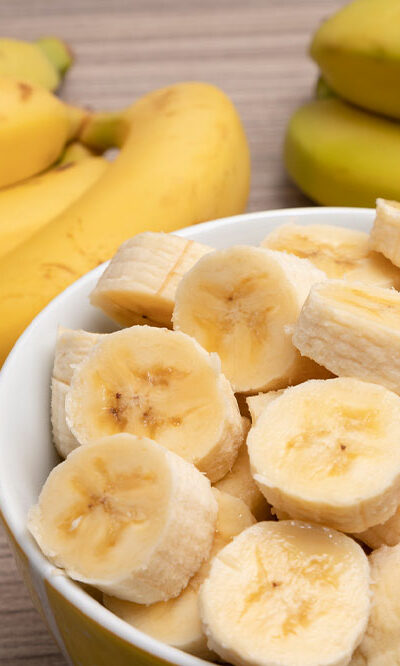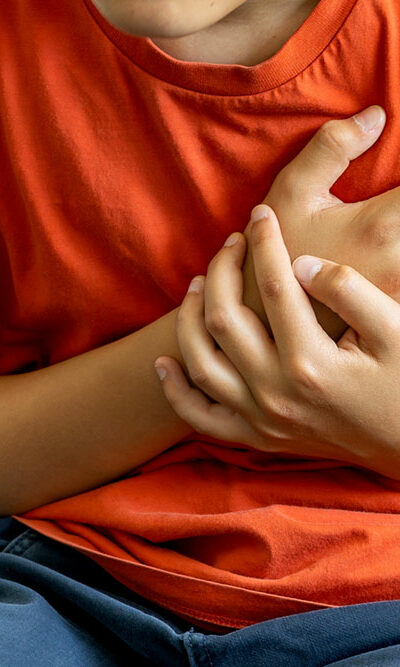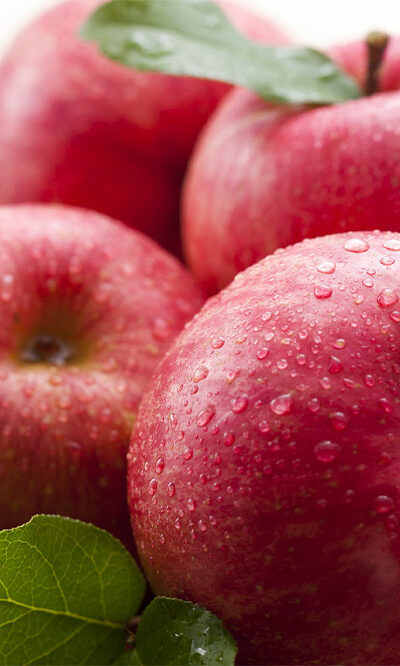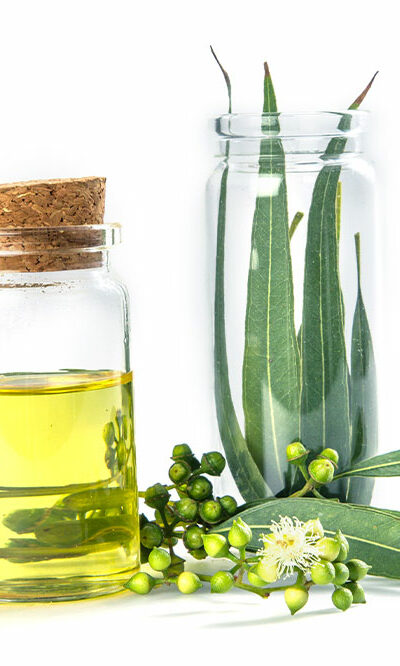
4 easy tips to keep dogs free of ticks and fleas
A pet’s fur can be the perfect breeding ground for fleas and ticks. These pests can annoy your pet throughout the day. Such parasites can also cause several health problems like Lyme disease and skin infections in dogs and humans. Fortunately, pet care experts have developed several ways to rid these critters of your furry friend. Here are four handy tips that help with managing flea and tick infestations in dogs: Initiate a treatment plan If your pet develops a pest infestation, the first and foremost thing to do is get them on a treatment plan. Here are a few prescriptions that can be helpful: Bravecto® (Fluralaner) This prescription for dogs comes in two types: a chewable option or a topical solution. Bravecto is approved by the FDA and works on dogs and puppies at least six months of age who weigh at least 4.4 pounds. If you pick the chewable option for your pet, it must be given with their food once a month. Alternately, the topical solution must be applied once every 12 weeks. You can also check out special offers on Bravecto’s website for attractive discounts on their products. Simparica Another recommended treatment for fleas and ticks is the FDA-approved chewable from Simparica. This prescription kills Deer ticks and helps prevent infections that may cause Lyme disease. Such an option must be given to your pet once a month and has lasting effects for up to 35 days. It is suitable for dogs six months or older and weighing at least 2.8 pounds. Other than the Deer tick, Simparica helps kill the lone star, Gulf Coast, American dog, and brown dog ticks. Bayer K9 Advantix II Bayer’s K9 Advantix II is a topical solution for dogs made from a combination of imidacloprid, pyriproxyfen, and permethrin. The formula is effective in exterminating and preventing fleas, ticks, mosquitoes, and lice.


